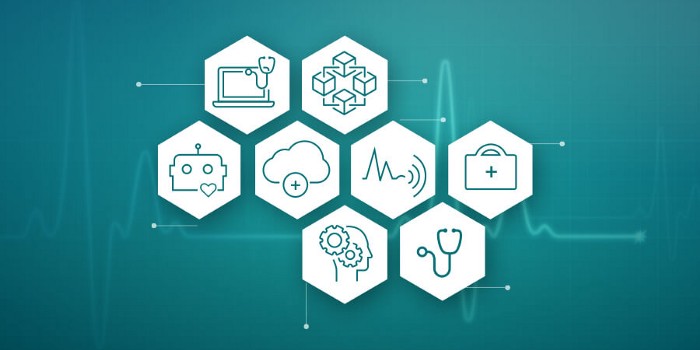
Predictive analytics is a branch of advanced analytics employing data, algorithms, and machine learning to detect patterns and forecast future events or behaviours. It can help healthcare managers make better decisions and improve health outcomes. In this blog post, we will explore what predictive analytics is and how it can benefit healthcare.
Predictive analytics involves utilising data to examine historical and current situations and forecast future outcomes. This approach encompasses a variety of data types, including demographic, clinical, behavioural, environmental, and genomic data, to formulate models capable of identifying potential risks, opportunities, trends, and valuable insights. This type of analytics relies on machine learning, a branch of artificial intelligence that enables computers to learn from data and improve their functionality without direct programming.
Predictive analytics offers many benefits to healthcare, such as:
1. Increased Insights to Enhance Treatment: Government agencies and healthcare organisations can utilise predictive analytics to generate profiles of community health patterns to provide information on where to target health interventions for increased effectiveness. Predictions on disease probabilities from historical data enable proactive measures potentially alleviating strain on the public health system. Additionally, healthcare providers can identify individuals at risk of specific health conditions or complications, such as diabetes, cardiovascular diseases, or cancers, for early prevention or treatment strategies.
Predictive analysis can also be applied to epidemiological studies to provide rapid and accurate insights into community health problems that extend to the future. This proactive approach aids in identifying at-risk populations for future health problems, such as disease outbreaks and clusters. Also, predictive analytics play a vital role in tracking patients’ well-being and providing targeted interventions.
2. Accuracy of diagnosis and treatment: In clinical practice, predictive analytics empowers healthcare professionals to explore treatments for certain diseases they might not be familiar with at a given time. There has been a longstanding recognition that certain medications may be effective for a particular set of individuals while proving ineffective for others. This is because individuals are distinct and there is a wealth of information encoded within their DNA (genome) and its expression. While the manual analysis of the data by a single practitioner may be difficult, big data and predictive analytics enable the stakeholders involved to uncover unknown correlations, insights, and hidden patterns. This is accomplished by scrutinising large datasets (big data) and deriving predictive inferences from them. These insights can be seamlessly applied at the individual level, significantly heightening the potential of devising precise and accurate treatment.
3. Improving efficiencies of healthcare operations: Big data and predictive analytics have become essential components of healthcare organisations’ strategies. Real-time reporting can provide timely insights into data and can be employed to dynamically fine-tune predictive algorithms in accordance with new discoveries and insights. For instance, the insights derived from predictive analytics can aid in optimising staff levels. As a result, administrators know the required number of personnel to achieve ideal patient-to-staff ratios. Within a predictive analytics model, this objective can be achieved by utilising historical data, overflow data from nearby facilities, population demographics, disease reports, and seasonal illness patterns.
Similarly, technological solutions are available for assessing patterns such as ambient temperature readings, and calendar variables (eg. time of the year and public holidays) in order to forecast patients’ needs. This enables healthcare managers to estimate the volume of walk-in patients that a facility might experience, allowing the recruitment and scheduling of staff for operational efficiency.
In conclusion, predictive analytics is a promising technology that has the potential to improve health outcomes by providing insights and foresight that can enhance decision-making and healthcare delivery. However, predictive analytics also poses challenges and risks that must be addressed by ensuring that data is reliable, representative, secure, and ethical. By doing so, predictive analytics can be a valuable asset for healthcare providers and patients alike.
External Links:


